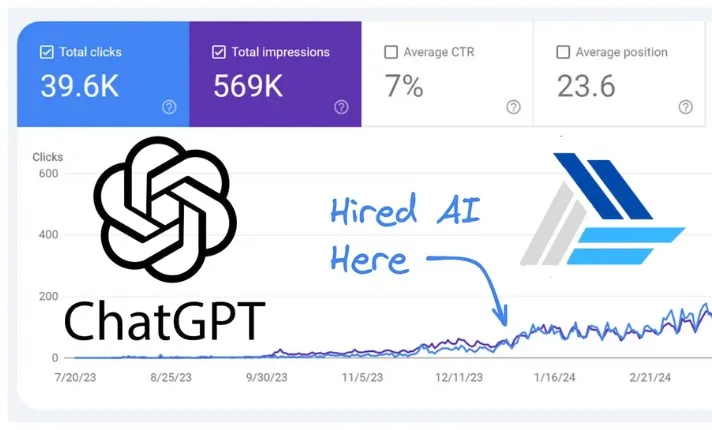How to Implement a 301 Redirect
Implementing a 301 redirect is typically done by editing the .htaccess file on your server. This file is located in your website's root folder. If your site is running on an Apache server, you can easily edit this file to manage redirections.
Steps to Add a 301 Redirect via .htaccess
If you don't see an .htaccess file, you can create one using a text editor such as Notepad (Windows) or TextEdit (Mac). Save the document as .htaccess without any extensions.
Example of a 301 Redirect
Redirect 301 /old-page.html /new-page.html
Using WordPress? You can simplify the process by installing the Redirection plugin, which eliminates the need to manually edit the .htaccess file.
Redirecting a Domain
RewriteEngine onRewriteCond %{HTTP_HOST} ^oldsite.com [NC,OR]RewriteCond %{HTTP_HOST} ^www.oldsite.com [NC]RewriteRule ^(.*)$ https://newsite.com/\ [L,R=301,NC]
For a complete domain redirect, this code transfers the user from an old domain to a new domain. Ensure you test before implementing these changes to avoid any issues.
HTTP to HTTPS Redirect
To enforce secure connections via HTTPS, ensure you have an SSL certificate installed on your website. You can then redirect all HTTP traffic to HTTPS using the following code:
RewriteEngine OnRewriteCond %{HTTPS} offRewriteRule ^(.*)$ https://%{HTTP_HOST}%{REQUEST_URI} [L,R=301]
Do 301 Redirects Affect SEO?
Yes, 301 redirects can have an impact on SEO. They help preserve PageRank and other ranking signals by informing search engines about the permanent location of the page. Proper use of 301 redirects can maintain and even enhance the SEO value of your site.
Start managing your website redirections efficiently with Jimni Nomics' 301 Redirect Code Generator.


 By: Jimni Nomics
By: Jimni Nomics
